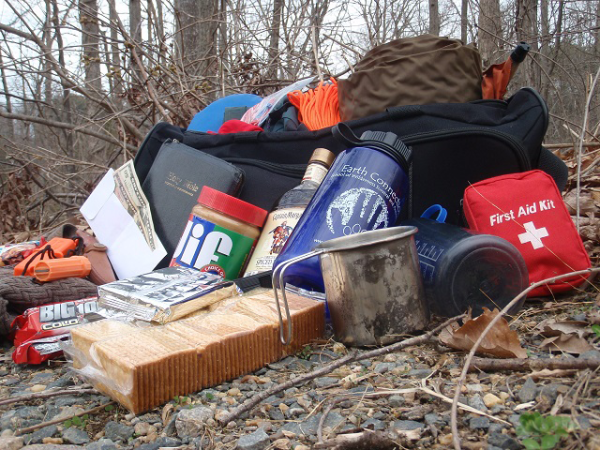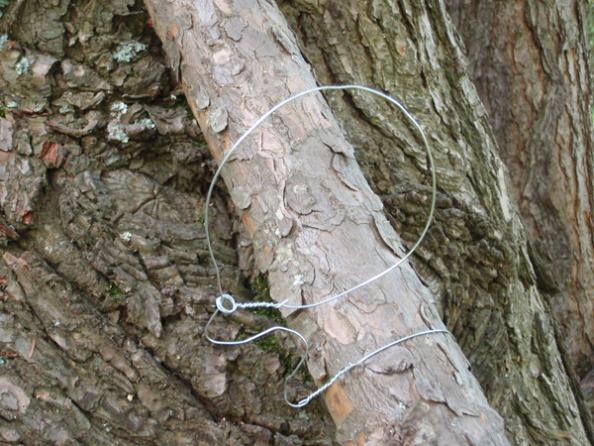During the Great Depression, one of my dad’s childhood chores was to check the family’s series of box traps. In those days, if there was any meat to be found on the dinner table, it was rabbit or squirrel—courtesy of those traps. Jump forward 70 years, and a homemade box trap is still a viable option for meat on the table during challenging times. You can even take a lesson from our family and build the traps yourself. A few tools, a little scrap lumber, and a few odd bits of stick and string can provide you with the material to build a trap that can catch a variety of animals, and these traps can last for years.
STEP 1: Gather together some building materials and tools. You’ll need 4 wide boards about 2 feet long, 4 small strips of wood for the door guides, a handful of small nails and/or screws, a few feet of string, a piece of wire mesh, 2 pencil-diameter sticks, a hammer, a drill, and a saw.
STEP 2: Cut a piece from your longest board to act as the door for the trap. Use the skinniest board to ensure that your door will slide up and down freely. Take some measurements to determine where the door will be. Nail or screw the four small wood strips on two boards at one end of the tunnel. These will act as guides to allow the door to side down securely. Then nail the four long boards together to create a wooden tunnel. Nail the mesh at one end of the tunnel. This trap is 18 inches long with a 5-inch-wide interior, which means it’s ideal for squirrels. Use wider and longer boards for rabbits and other game animals.
STEP 3: Drill a hole near the mesh end of the box. This should be slightly larger in diameter than the stick you will place into it as a trigger. I used a ⅜-inch bit and a carved down a ⅜-inch oak peg. Whittle a notch on this peg, and tie your string to the other end of it. Tie the free end of the string to a bent nail or hole drilled into the top of the wooden trap door. Tie your string to the top of your longer stick, or rest it in a fork as shown here.
STEP 4: Now comes the tricky part – adjusting everything. You’ll probably have to untie and retie the string here and there to get the operation just right. The trigger stick may need to be re-carved to make it more or less sensitive. More sensitive is usually the better option. You can also carve a point and/or barbs on the tip of the trigger stick to skewer or wipe bait onto it. Bait with species-appropriate food or scent baits, and check each box twice daily, before your captor has time to chew its way out.











